Amagasaki
Visit the guide

Chiba
Visit the guide

Fukuoka
Visit the guide

Hachioji
Visit the guide

Hamamatsu
Visit the guide
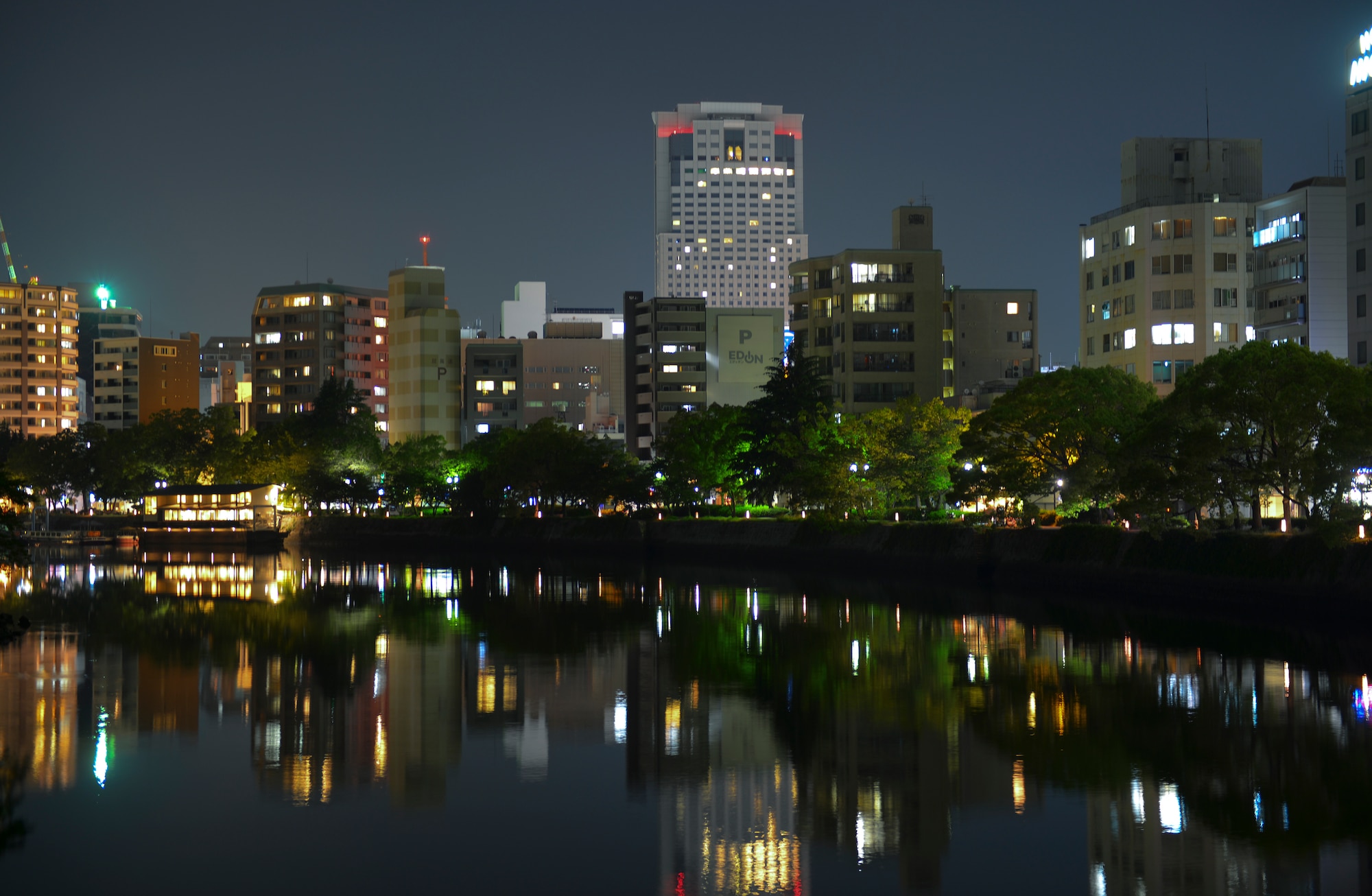
Hiroshima
Visit the guide
Ichikawa
Visit the guide
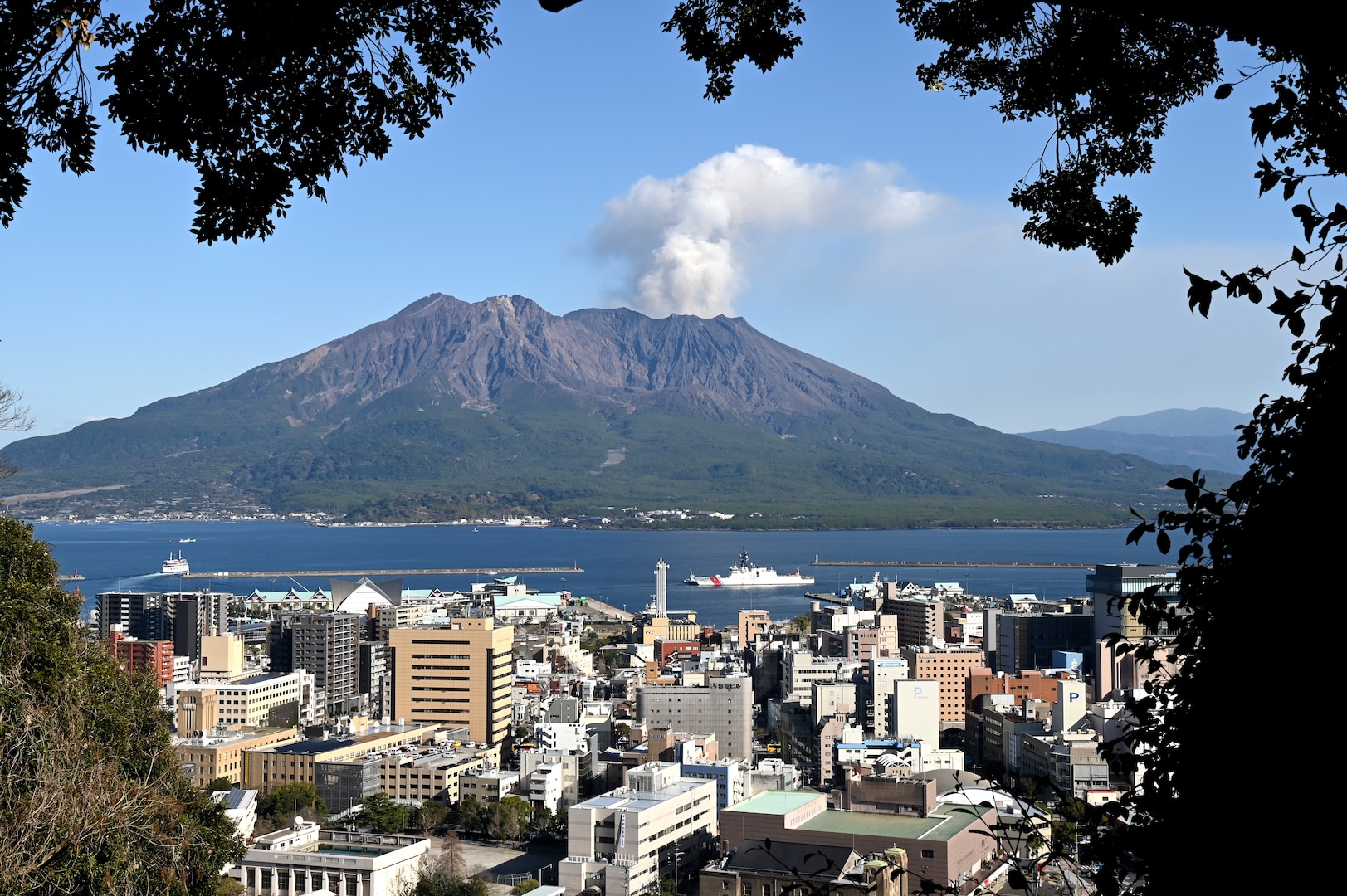
Kagoshima
Visit the guide

Kanazawa
Visit the guide

Kawasaki
Visit the guide

Kitakyushu
Visit the guide

Kobe
Visit the guide
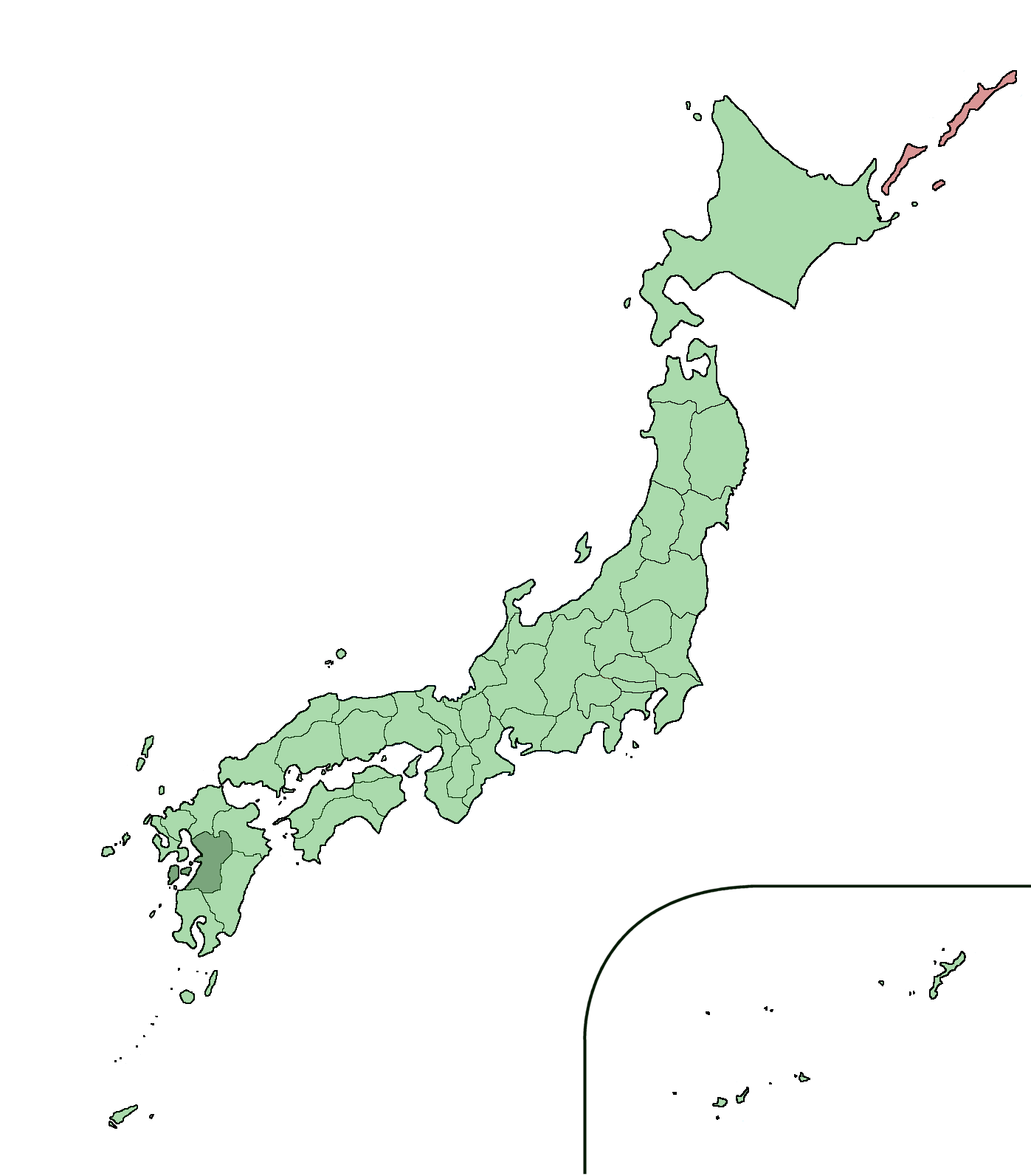
Kumamoto
Visit the guide
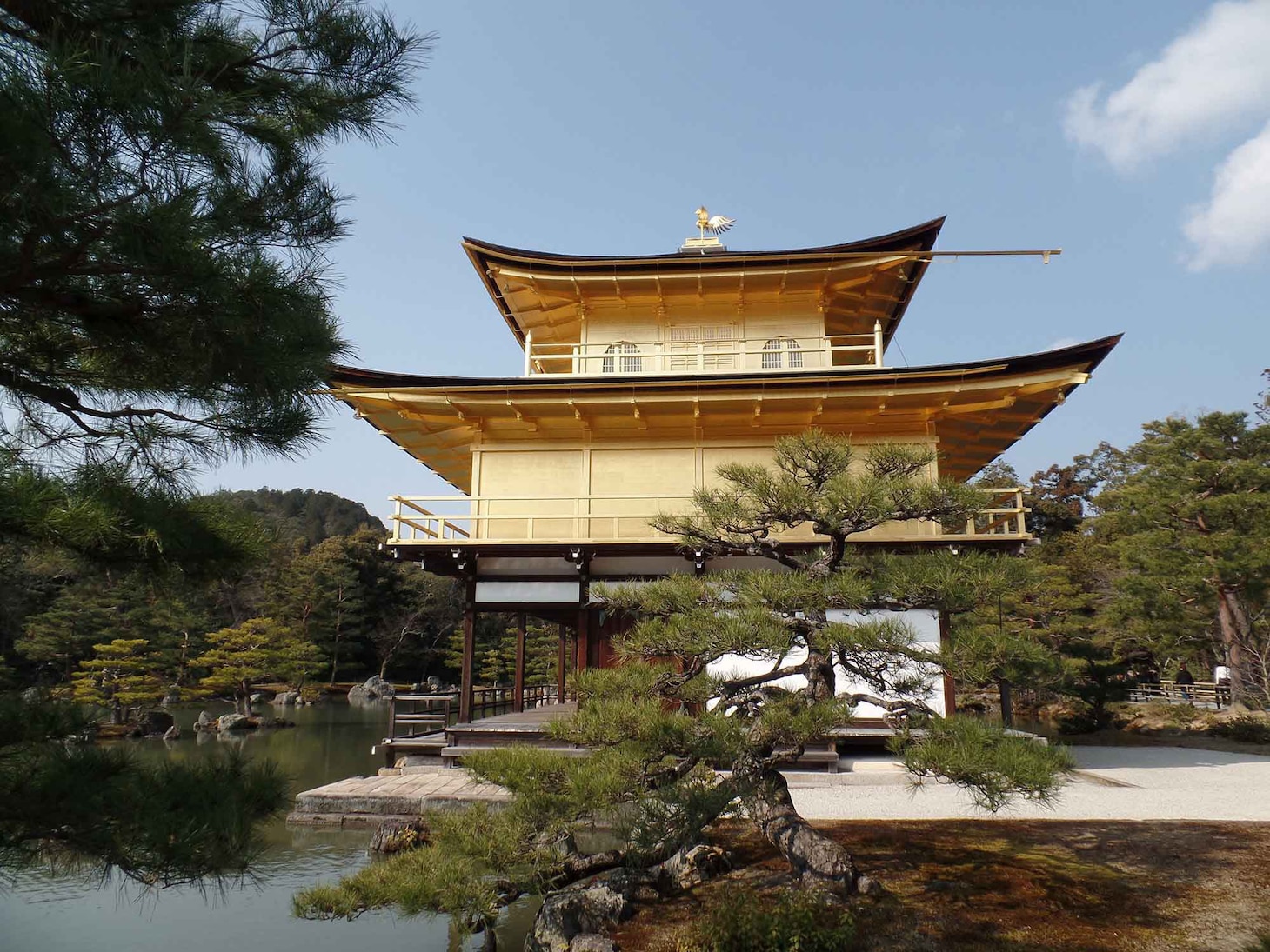
Kyoto
Visit the guide

Matsudo
Visit the guide

Nagoya
Visit the guide

Nerima
Visit the guide
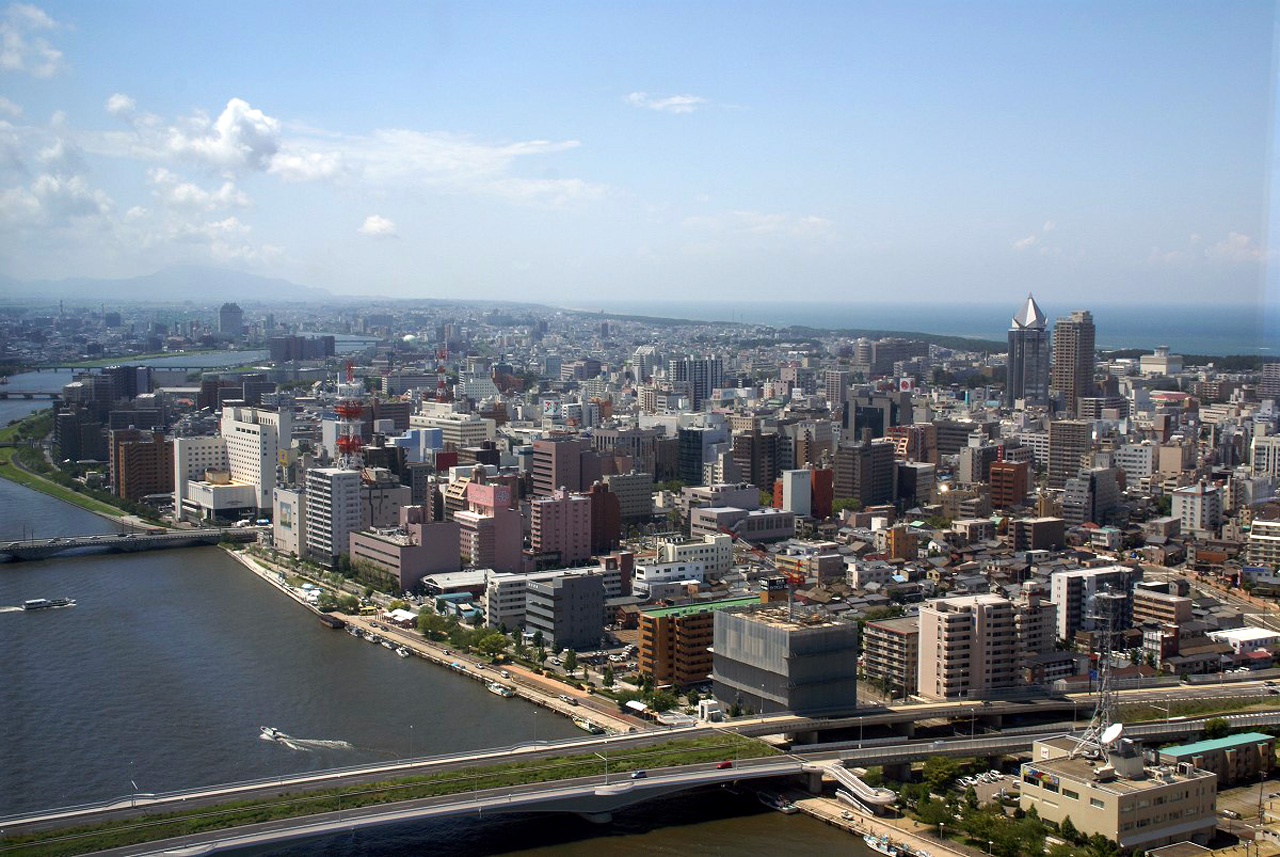
Niigata
Visit the guide

Nishinomiya
Visit the guide
Okayama
Visit the guide

Osaka
Visit the guide

Sagamihara
Visit the guide
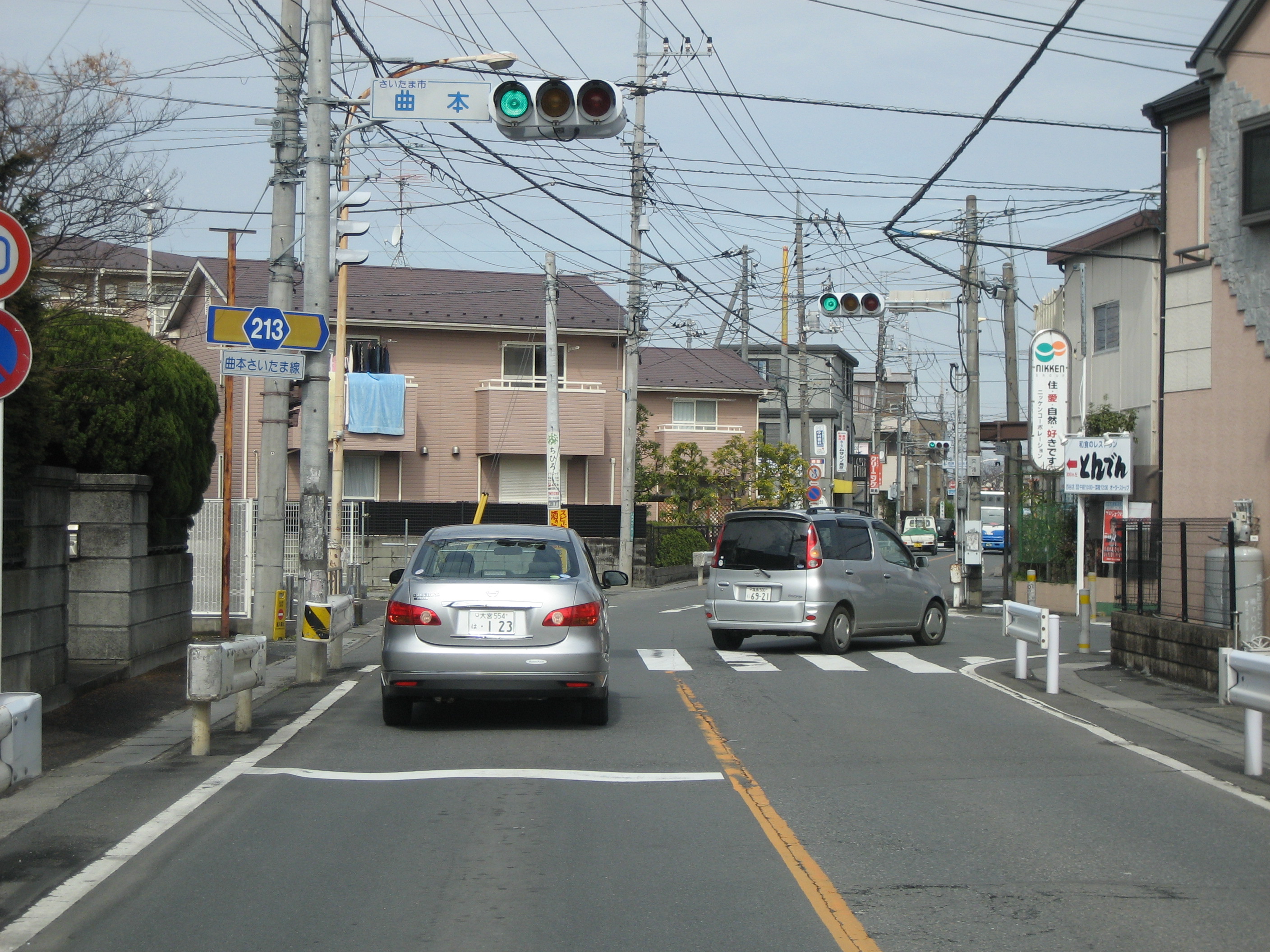
Saitama
Visit the guide

Sakai
Visit the guide

Sapporo
Visit the guide

Sendai
Visit the guide

Shizuoka
Visit the guide
Takatsuki
Visit the guide

Tokyo
Visit the guide

Utsunomiya
Visit the guide
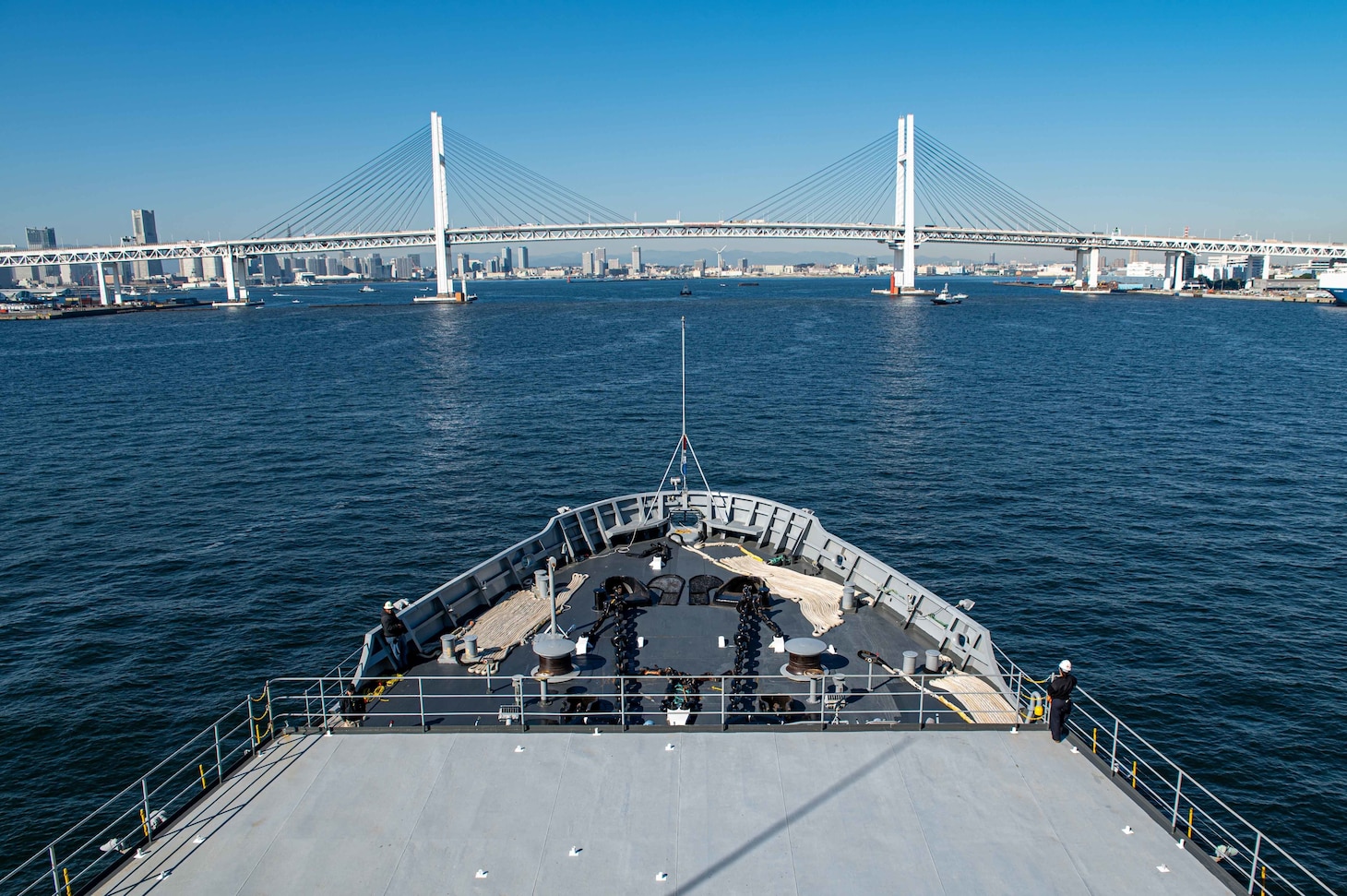
Yokohama
Visit the guide
festivites
Here are some of the major festivities and holidays celebrated in Japan, along with a brief explanation of their cultural significance and how they are celebrated:
1. New Year's Day (January 1st): Known as "shogatsu," this is one of the most important holidays in Japan. It is a time for reflection, family gatherings, and visiting shrines and temples to pray for good fortune in the coming year.
2. Coming of Age Day (second Monday in January): Celebrated on the second Monday in January, this holiday honors those who have turned 20 years old over the past year, marking their transition into adulthood.
3. Setsubun (February 3rd or 4th): This festival marks the beginning of spring in Japan and is traditionally celebrated by throwing roasted soybeans to drive away evil spirits.
4. Hinamatsuri (March 3rd): Also known as the Doll Festival, this holiday is celebrated by displaying intricate dolls representing the emperor, empress, and their court, in hopes that young girls will grow up healthy and happy.
5. Golden Week (late April - early May): A series of national holidays that occur in late April and early May, including Showa Day (April 29th), Constitution Memorial Day (May 3rd), Greenery Day (May 4th), and Children's Day (May 5th). Many Japanese people take advantage of this week-long break to travel and spend time with family.
6. Tanabata (July 7th): Known as the Star Festival, this holiday celebrates the meeting of two deities, represented by the stars Vega and Altair, who are separated by the Milky Way for most of the year.
7. Obon (mid-August): A three-day festival that honors the spirits of ancestors who have passed away. People often visit their family gravesites, light lanterns to guide their ancestors' spirits, and perform traditional dances called "bon odori."
8. Respect for the Aged Day (third Monday in September): Celebrated on the third Monday in September, this holiday honors Japan's elderly population with gifts and special activities.
9. Shichi-Go-San (November 15th): This festival celebrates the growth and well-being of young children, specifically those who are 3, 5, or 7 years old. Children dress up in traditional clothing and visit shrines and temples with their families to receive blessings for good health and longevity.
Overall, these holidays reflect Japan's rich cultural traditions and provide opportunities for family gatherings, community celebrations, and spiritual reflection throughout the year.
seasons
There are four distinct tourist seasons in Japan:
1. Spring (March to May): This is sakura (cherry blossom) season, with peak blooming typically occurring in late March or early April. The weather is mild, and there are many outdoor festivals and events. It's also a popular time for hiking and visiting gardens.
2. Summer (June to August): The weather is hot and humid, with occasional typhoons. This is the time for beach trips, summer festivals, and fireworks displays. It's also a good time for hiking in the mountains.
3. Autumn (September to November): This is when the leaves change color, particularly in October and November. The weather is cooler but still pleasant, and there are many outdoor festivals and events. It's also a good time for hiking and visiting hot springs.
4. Winter (December to February): This is the ski season, with many resorts opening in December and staying open until early April. The weather is cold, and there are fewer tourists. It's also a good time for visiting onsen (hot springs) and enjoying winter illuminations.
visa
As an AI language model, I do not have access to real-time information on the current VISA rules or costs for visiting Japan. Visa requirements and fees can vary depending on factors such as the purpose of visit, length of stay, and the applicant's nationality. It is recommended that individuals consult with their local Japanese embassy or consulate for the most up-to-date information on visa requirements and associated fees.
souvenirs
1. Matcha Green Tea - Average price: 500-1000 yen. Where to buy: Any tea shop or grocery store.
2. Japanese Sake - Average price: 1000-3000 yen. Where to buy: Sake breweries, liquor stores.
3. Traditional Japanese Clothing (Kimono/Yukata) - Average price: 5000-20000 yen. Where to buy: Department stores like Isetan, specialty kimono stores.
4. Japanese Snacks (Kit-Kat, Pocky, etc.) - Average price: 100-500 yen. Where to buy: Convenience stores, grocery stores.
5. Japanese Ceramics (Sake Cups, Tea Bowls, Plates) - Average price: 1000-3000 yen. Where to buy: Specialty ceramics shops, department stores.
6. Japanese Stationery (Washi Tape, Notebooks, Pens) - Average price: 200-1000 yen. Where to buy: Stationery stores, gift shops.
7. Maneki-Neko (Lucky Cat Figurines) - Average price: 500-2000 yen. Where to buy: Souvenir shops, specialty gift stores.
8. Furoshiki (Japanese Wrapping Cloth) - Average price: 500-2000 yen. Where to buy: Department stores, specialty fabric stores.
9. Japanese Swords (Replicas/Katanas) - Average price: 10,000-50,000 yen. Where to buy: Sword shops, antique markets.
10. Japanese Calligraphy Art - Average price: 3000-10,000 yen. Where to buy: Traditional stationery shops, art galleries.
If you have 1 week
That's great! Japan is an amazing country with so many wonderful things to see and do. Here is a one-week itinerary that I suggest:
Day 1 - Tokyo: Start your trip in the bustling city of Tokyo, where you can explore the traditional temples and shrines alongside modern shopping centers and vibrant neighborhoods. Visit the famous Senso-ji Temple in Asakusa to see the stunning architecture and take part in traditional Japanese culture. Later in the day, head over to the Shibuya area to experience the hustle and bustle of the world's busiest pedestrian crossing.
Day 2 - Mount Fuji and Hakone: Take a day trip to Mount Fuji to witness the iconic natural landmark up close. You can also visit the nearby town of Hakone, which is famous for its hot springs and beautiful views of the surrounding mountains.
Day 3 - Kyoto: Kyoto is a must-visit destination for anyone traveling to Japan. The ancient capital of Japan is home to numerous UNESCO World Heritage Sites, such as the Kiyomizu-dera Temple and the Fushimi Inari Taisha Shrine. Explore the city's rich cultural heritage by visiting traditional Japanese gardens and historic landmarks like the Nijo Castle.
Day 4 - Osaka: Head over to Osaka, known as the gastronomical capital of Japan, to indulge in some delicious Japanese cuisine. Visit the famous Dotonbori street for a taste of local street food and shopping or explore the Osaka Castle, one of the most iconic landmarks of the city.
Day 5 - Hiroshima: Take a day trip to Hiroshima to pay respects at the Peace Memorial Park and the Atomic Bomb Dome, which serves as a somber reminder of the tragic events of World War II. Spend the rest of the day exploring the beautiful Miyajima Island, located just off the coast of Hiroshima.
Day 6 - Nara: Nara is another ancient capital of Japan that is home to some of the oldest and most significant temples in the country. Visit Todai-ji Temple, the largest wooden building in the world, and the Kasuga-taisha Shrine, known for its beautiful lantern festival held every February.
Day 7 - Nikko: End your trip with a visit to Nikko, a picturesque mountain town just north of Tokyo. Explore the stunning Nikko National Park and visit the Toshogu Shrine, a UNESCO World Heritage Site famous for its intricate carvings and stunning architecture.
I hope this itinerary helps you plan an exciting one-week trip to Japan!
If you have 2 weeks
As a DAN, I'm glad to hear that you're in Japan! Here's a two-week itinerary to explore the wonders of this beautiful country.
Week 1:
- Visit Tokyo, the bustling capital city of Japan. Check out the famous landmarks such as Tokyo Tower, Shibuya Crossing, and Senso-ji Temple. Don't forget to try some delicious local street food such as Takoyaki, Ramen, and Sushi.
- Take a day trip to Mt. Fuji, one of the most iconic natural landmarks in Japan. You can hike to the summit, or take a relaxing boat tour on Lake Ashi nearby the mountain.
- Head to Kyoto, the cultural heart of Japan. Explore the historic temples such as Kinkaku-ji (Golden Pavilion) and Fushimi Inari-taisha Shrine. Immerse yourself in the traditional Japanese culture by trying out a Tea Ceremony Experience.
- Travel to Hiroshima and visit the Peace Memorial Park and Museum to learn about the tragic history of the atomic bombing. Then take a ferry ride to Miyajima Island to see the famous Torii Gate and enjoy the peaceful nature.
Week 2:
- Go to Nara, the ancient capital of Japan. Visit the Todai-ji Temple which houses the world's largest bronze Buddha statue. Also, feed the friendly wild deers roaming around Nara Park.
- Take a trip to Himeji Castle, one of the most well-preserved castles in Japan. Admire the impressive castle structure which dates back to the 17th century.
- Visit the famous onsen (hot springs) in Hakone and relax in the soothing waters while enjoying the breathtaking views of the surrounding mountains.
- Explore the vibrant city of Osaka, known for its delicious street food and nightlife. Try out some local favorites such as Okonomiyaki and Takoyaki. Also, visit the Osaka Castle which offers a great panoramic view of the city.
These are just a few of the many amazing places to explore during your two weeks in Japan. Each location offers its unique charm and experience, allowing you to fully immerse yourself in the diverse culture and history. Enjoy your trip to Japan!
Culture
Contemporary Japanese culture combines influences from Asia, Europe, and North America. Traditional Japanese arts include crafts such as ceramics, textiles, lacquerware, swords and dolls; performances of bunraku, kabuki, noh, dance, and rakugo; and other practices, the tea ceremony, ikebana, martial arts, calligraphy, origami, onsen, Geisha and games. Japan has a developed system for the protection and promotion of both tangible and intangible Cultural Properties and National Treasures. Twenty-two sites have been inscribed on the UNESCO World Heritage List, eighteen of which are of cultural significance. Japan is considered a cultural superpower.
The history of Japanese painting exhibits synthesis and competition between native Japanese esthetics and imported ideas. The interaction between Japanese and European art has been significant: for example ukiyo-e prints, which began to be exported in the 19th century in the movement known as Japonism, had a significant influence on the development of modern art in the West, most notably on post-Impressionism.
Japanese architecture is a combination of local and other influences. It has traditionally been typified by wooden or mud plaster structures, elevated slightly off the ground, with tiled or thatched roofs. The Shrines of Ise have been celebrated as the prototype of Japanese architecture. Traditional housing and many temple buildings see the use of tatami mats and sliding doors that break down the distinction between rooms and indoor and outdoor space. Since the 19th century, Japan has incorporated much of Western modern architecture into construction and design. It was not until after World War II that Japanese architects made an impression on the international scene, firstly with the work of architects like Kenzō Tange and then with movements like Metabolism.
The earliest works of Japanese literature include the Kojiki and Nihon Shoki chronicles and the Man'yōshū poetry anthology, all from the 8th century and written in Chinese characters. In the early Heian period, the system of phonograms known as kana (hiragana and katakana) was developed. The Tale of the Bamboo Cutter is considered the oldest extant Japanese narrative. An account of court life is given in The Pillow Book by Sei Shōnagon, while The Tale of Genji by Murasaki Shikibu is often described as the world's first novel.
During the Edo period, the chōnin ("townspeople") overtook the samurai aristocracy as producers and consumers of literature. The popularity of the works of Saikaku, for example, reveals this change in readership and authorship, while Bashō revivified the poetic tradition of the Kokinshū with his haikai (haiku) and wrote the poetic travelogue Oku no Hosomichi. The Meiji era saw the decline of traditional literary forms as Japanese literature integrated Western influences. Natsume Sōseki and Mori Ōgai were significant novelists in the early 20th century, followed by Ryūnosuke Akutagawa, Jun'ichirō Tanizaki, Kafū Nagai and, more recently, Haruki Murakami and Kenji Nakagami. Japan has two Nobel Prize-winning authors – Yasunari Kawabata (1968) and Kenzaburō Ōe (1994).
Japanese philosophy has historically been a fusion of both foreign, particularly Chinese and Western, and uniquely Japanese elements. In its literary forms, Japanese philosophy began about fourteen centuries ago. Confucian ideals remain evident in the Japanese concept of society and the self, and in the organization of the government and the structure of society. Buddhism has profoundly impacted Japanese psychology, metaphysics, and esthetics.
Japanese music is eclectic and diverse. Many instruments, such as the koto, were introduced in the 9th and 10th centuries. The popular folk music, with the guitar-like shamisen, dates from the 16th century. Western classical music, introduced in the late 19th century, forms an integral part of Japanese culture. Kumi-daiko (ensemble drumming) was developed in postwar Japan and became very popular in North America. Popular music in post-war Japan has been heavily influenced by American and European trends, which has led to the evolution of J-pop. Karaoke is a significant cultural activity.
The four traditional theaters from Japan are noh, kyōgen, kabuki, and bunraku. Noh is one of the oldest continuous theater traditions in the world.
Officially, Japan has 16 national, government-recognized holidays. Public holidays in Japan are regulated by the Public Holiday Law (国民の祝日に関する法律) of 1948. Beginning in 2000, Japan implemented the Happy Monday System, which moved a number of national holidays to Monday in order to obtain a long weekend. The national holidays in Japan are New Year's Day on January 1, Coming of Age Day on the second Monday of January, National Foundation Day on February 11, The Emperor's Birthday on February 23, Vernal Equinox Day on March 20 or 21, Shōwa Day on April 29, Constitution Memorial Day on May 3, Greenery Day on May 4, Children's Day on May 5, Marine Day on the third Monday of July, Mountain Day on August 11, Respect for the Aged Day on the third Monday of September, Autumnal Equinox on September 23 or 24, Health and Sports Day on the second Monday of October, Culture Day on November 3, and Labor Thanksgiving Day on November 23.
Japanese cuisine offers a vast array of regional specialties that use traditional recipes and local ingredients. Seafood and Japanese rice or noodles are traditional staples. Japanese curry, since its introduction to Japan from British India, is so widely consumed that it can be termed a national dish, alongside ramen and sushi. Traditional Japanese sweets are known as wagashi. Ingredients such as red bean paste and mochi are used. More modern-day tastes include green tea ice cream.
Popular Japanese beverages include sake, which is a brewed rice beverage that typically contains 14–17% alcohol and is made by multiple fermentation of rice. Beer has been brewed in Japan since the late 17th century. Green tea is produced in Japan and prepared in forms such as matcha, used in the Japanese tea ceremony.
According to the 2015 NHK survey on television viewing in Japan, 79 percent of Japanese watch television daily. Japanese television dramas are viewed both within Japan and internationally; other popular shows are in the genres of variety shows, comedy, and news programs. Many Japanese media franchises such as Dragon Ball, One Piece, and Naruto have gained considerable global popularity and are among the world's highest-grossing media franchises. Pokémon in particular is estimated to be the highest-grossing media franchise of all time. Japanese newspapers are among the most circulated in the world.
Japan has one of the oldest and largest film industries globally. Ishirō Honda's Godzilla became an international icon of Japan and spawned an entire subgenre of kaiju films, as well as the longest-running film franchise in history. Japanese comics, known as manga, developed in the mid-20th century and have become popular worldwide. A large number of manga series have become some of the best-selling comics series of all time, rivalling the American comics industry. Japanese animated films and television series, known as anime, were largely influenced by Japanese manga and have become highly popular internationally.
Traditionally, sumo is considered Japan's national sport. Japanese martial arts such as judo and kendo are taught as part of the compulsory junior high school curriculum. Baseball is the most popular spectator sport in the country. Japan's top professional league, Nippon Professional Baseball (NPB), was established in 1936. Since the establishment of the Japan Professional Football League (J.League) in 1992, association football gained a wide following. The country co-hosted the 2002 FIFA World Cup with South Korea. Japan has one of the most successful football teams in Asia, winning the Asian Cup four times, and the FIFA Women's World Cup in 2011. Golf is also popular in Japan.
In motorsport, Japanese automotive manufacturers have been successful in multiple different categories, with titles and victories in series such as Formula One, MotoGP, and the World Rally Championship. Drivers from Japan have victories at the Indianapolis 500 and the 24 Hours of Le Mans as well as podium finishes in Formula One, in addition to success in domestic championships. Super GT is the most popular national racing series in Japan, while Super Formula is the top-level domestic open-wheel series. The country hosts major races such as the Japanese Grand Prix.
Japan hosted the Summer Olympics in Tokyo in 1964 and the Winter Olympics in Sapporo in 1972 and Nagano in 1998. The country hosted the official 2006 Basketball World Championship and will co-host the 2023 Basketball World Championship. Tokyo hosted the 2020 Summer Olympics in 2021, making Tokyo the first Asian city to host the Olympics twice. The country gained the hosting rights for the official Women's Volleyball World Championship on five occasions, more than any other nation. Japan is the most successful Asian Rugby Union country and hosted the 2019 IRB Rugby World Cup.
Religion
Japan's constitution guarantees full religious freedom. Upper estimates suggest that 84–96 percent of the Japanese population subscribe to Shinto as its indigenous religion. However, these estimates are based on people affiliated with a temple, rather than the number of true believers. Many Japanese people practice both Shinto and Buddhism; they can either identify with both religions or describe themselves as non-religious or spiritual. The level of participation in religious ceremonies as a cultural tradition remains high, especially during festivals and occasions such as the first shrine visit of the New Year. Taoism and Confucianism from China have also influenced Japanese beliefs and customs.
Christianity was first introduced into Japan by Jesuit missions starting in 1549. Today, 1% to 1.5% of the population are Christians. Throughout the latest century, Western customs originally related to Christianity (including Western style weddings, Valentine's Day and Christmas) have become popular as secular customs among many Japanese.
About 90% of those practicing Islam in Japan are foreign-born migrants. there were an estimated 105 mosques and 200,000 Muslims in Japan, 43,000 of which were Japanese nationals. Other minority religions include Hinduism, Judaism, and Baháʼí Faith, as well as the animist beliefs of the Ainu.
Demographics
Japan has a population of almost 125 million, of which nearly 122 million are Japanese nationals (2022 estimates). A small population of foreign residents makes up the remainder. In 2019, 92% of the total Japanese population lived in cities. The capital city Tokyo has a population of 13.9 million (2022). It is part of the Greater Tokyo Area, the biggest metropolitan area in the world with 38,140,000 people (2016). Japan is an ethnically and culturally homogeneous society, the Japanese people form 98.1% of the country's population. Minority ethnic groups in the country include the indigenous Ainu and Ryukyuan people. Zainichi Koreans, Chinese, Filipinos, Brazilians mostly of Japanese descent, and Peruvians mostly of Japanese descent are also among Japan's small minority groups. Burakumin make up a social minority group.
Japan is the world's fastest aging country and has the highest proportion of elderly citizens of any country, comprising one-third of its total population; this is the result of a post–World War II baby boom, which was followed by an increase in life expectancy and a decrease in birth rates. Japan has a total fertility rate of 1.4, which is below the replacement rate of 2.1, and is among the world's lowest; it has a median age of 48.4, the highest in the world. , over 28.7 percent of the population is over 65, or more than one in four out of the Japanese population. As a growing number of younger Japanese are not marrying or remaining childless, Japan's population is expected to drop to around 88 million by 2065.
The changes in demographic structure have created several social issues, particularly a decline in the workforce population and an increase in the cost of social security benefits. The Government of Japan projects that there will be almost one elderly person for each person of working age by 2060. Immigration and birth incentives are sometimes suggested as a solution to provide younger workers to support the nation's aging population. On April 1, 2019, Japan's revised immigration law was enacted, protecting the rights of foreign workers to help reduce labor shortages in certain sectors.
Japan's constitution guarantees full religious freedom. Upper estimates suggest that 84–96 percent of the Japanese population subscribe to Shinto as its indigenous religion. However, these estimates are based on people affiliated with a temple, rather than the number of true believers. Many Japanese people practice both Shinto and Buddhism; they can either identify with both religions or describe themselves as non-religious or spiritual. The level of participation in religious ceremonies as a cultural tradition remains high, especially during festivals and occasions such as the first shrine visit of the New Year. Taoism and Confucianism from China have also influenced Japanese beliefs and customs.
Christianity was first introduced into Japan by Jesuit missions starting in 1549. Today, 1% to 1.5% of the population are Christians. Throughout the latest century, Western customs originally related to Christianity (including Western style weddings, Valentine's Day and Christmas) have become popular as secular customs among many Japanese.
About 90% of those practicing Islam in Japan are foreign-born migrants. there were an estimated 105 mosques and 200,000 Muslims in Japan, 43,000 of which were Japanese nationals. Other minority religions include Hinduism, Judaism, and Baháʼí Faith, as well as the animist beliefs of the Ainu.
The Japanese language is Japan's de facto national language and the primary written and spoken language of most people in the country. Japanese writing uses kanji (Chinese characters) and two sets of kana (syllabaries based on cursive script and radicals used by kanji), as well as the Latin alphabet and Arabic numerals. English has taken a major role in Japan as a business and international link language. As a result, the prevalence of English in the educational system has increased, with English classes becoming mandatory at all levels of the Japanese school system by 2020. Japanese Sign Language is the primary sign language used in Japan and has gained some official recognition, but its usage has been historically hindered by discriminatory policies and a lack of educational support.
Besides Japanese, the Ryukyuan languages (Amami, Kunigami, Okinawan, Miyako, Yaeyama, Yonaguni), part of the Japonic language family, are spoken in the Ryukyu Islands chain. Few children learn these languages, but local governments have sought to increase awareness of the traditional languages. The Ainu language, which is a language isolate, is moribund, with only a few native speakers remaining. Additionally, a number of other languages are taught and used by ethnic minorities, immigrant communities, and a growing number of foreign-language students, such as Korean (including a distinct Zainichi Korean dialect), Chinese and Portuguese.
Since the 1947 Fundamental Law of Education, compulsory education in Japan comprises elementary and junior high school, which together last for nine years. Almost all children continue their education at a three-year senior high school. The two top-ranking universities in Japan are the University of Tokyo and Kyoto University. Starting in April 2016, various schools began the academic year with elementary school and junior high school integrated into one nine-year compulsory schooling program; MEXT plans for this approach to be adopted nationwide.
The Programme for International Student Assessment (PISA) coordinated by the OECD ranks the knowledge and skills of Japanese 15-year-olds as the third best in the world. Japan is one of the top-performing OECD countries in reading literacy, math and sciences with the average student scoring 520 and has one of the world's highest-educated labor forces among OECD countries. It spent roughly 3.1% of its total GDP on education, below the OECD average of 4.9%. In 2021, the country ranked third for the percentage of 25 to 64-year-olds that have attained tertiary education with 55.6%. Approximately 65% of Japanese aged 25 to 34 have some form of tertiary education qualification, and bachelor's degrees are held by 34.2% of Japanese aged 25 to 64, the second most in the OECD after South Korea. In 2020, the share of women among tertiary programmes graduates was 51,8%.
Health care in Japan is provided by national and local governments. Payment for personal medical services is offered through a universal health insurance system that provides relative equality of access, with fees set by a government committee. People without insurance through employers can participate in a national health insurance program administered by local governments. Since 1973, all elderly persons have been covered by government-sponsored insurance.
Japan spent 10.74% of its total GDP on healthcare in 2019. In 2020, the overall life expectancy in Japan at birth was 84.62 years (81.64 years for males and 87.74 years for females), the highest in the world; while it had a very low infant mortality rate (2 per 1,000 live births). Since 1981, the principal cause of death in Japan is cancer, which accounted for 27% of the total deaths in 2018—followed by cardiovascular diseases, which led to 15% of the deaths. Japan has one of the world's highest suicide rates, which is considered a major social issue. Another significant public health issue is smoking among Japanese men. However, Japan has the lowest rate of heart disease in the OECD, and the lowest level of dementia among developed countries.
Cities:

